
Webinar exploring strategies for reducing manufacturing costs and enhancing efficiency in the dynamic apparel industry.
India has embraced the internet with open arms, and its digital population has been growing rapidly.
There are now over 600 million active internet users in the country.
Social networking platforms by tech giants like Meta (formerly Facebook) and X (formerly Google) have become an integral part of everyday life for millions of Indians.
Social media has permeated our lives, changing how we communicate, learn, and consume.
And if there is one area that has gained immense popularity on social media, fashion takes the cake.
On a daily basis, one can encounter millions of individuals sharing their thoughts, tastes, and fashion sense.
It is interesting though to find out how social media influences fashion and culture.
Equally, how it influences our perception, creation, and expression through fashion.
In the digital era, social media platforms have emerged as the new couturiers, tailoring the public’s perception of fashion and style.
According to a Meta-commissioned online study by consumer insights platform GWI across internet users in India, nearly 97% of consumers discover fashion brands on Meta platforms (such as Instagram) and out of these, 52% credit Instagram Reels as a significant source of fashion inspiration.
Adding to the potential is the fact that social media penetration still has a long way to go in India and globally.
As per Statista, the global social media penetration rate was 53.6% in 2021, with 4.48 billion active users. Among these users, 43% said they followed brands or influencers for fashion inspiration. Moreover, 37% said they purchased products they saw on social media.
Each platform, with its unique features and audience, plays a distinct role in shaping the fashion landscape.
Pre-internet Roots: In a sense, social media began long before the internet, with a series of electronic dots and dashes tapped out by hand on a telegraph machine in 1844.
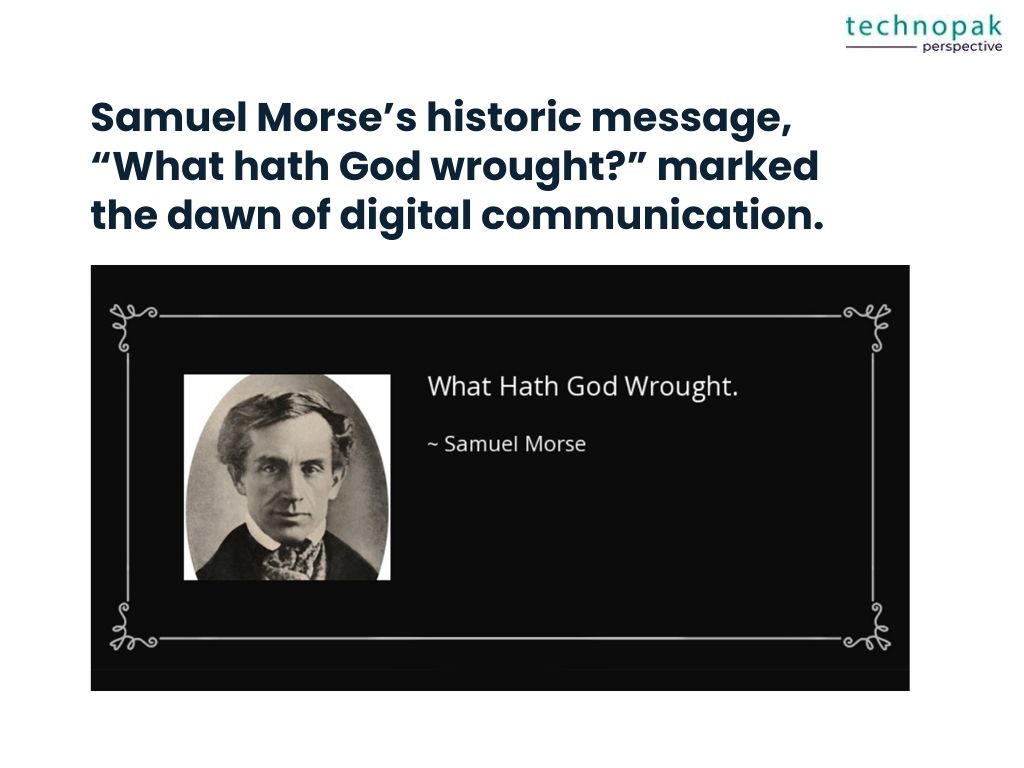
Samuel Morse’s historic message, “What hath God wrought?” marked the dawn of digital communication.

Fast forward to 1969, and the emergence of the Advanced Research Projects Agency Network (ARPANET) laid the groundwork for today’s internet.
Scientists at interconnected universities shared data, creating a virtual gathering place.
A decade later, in 1997, the first true social media platform arrived.
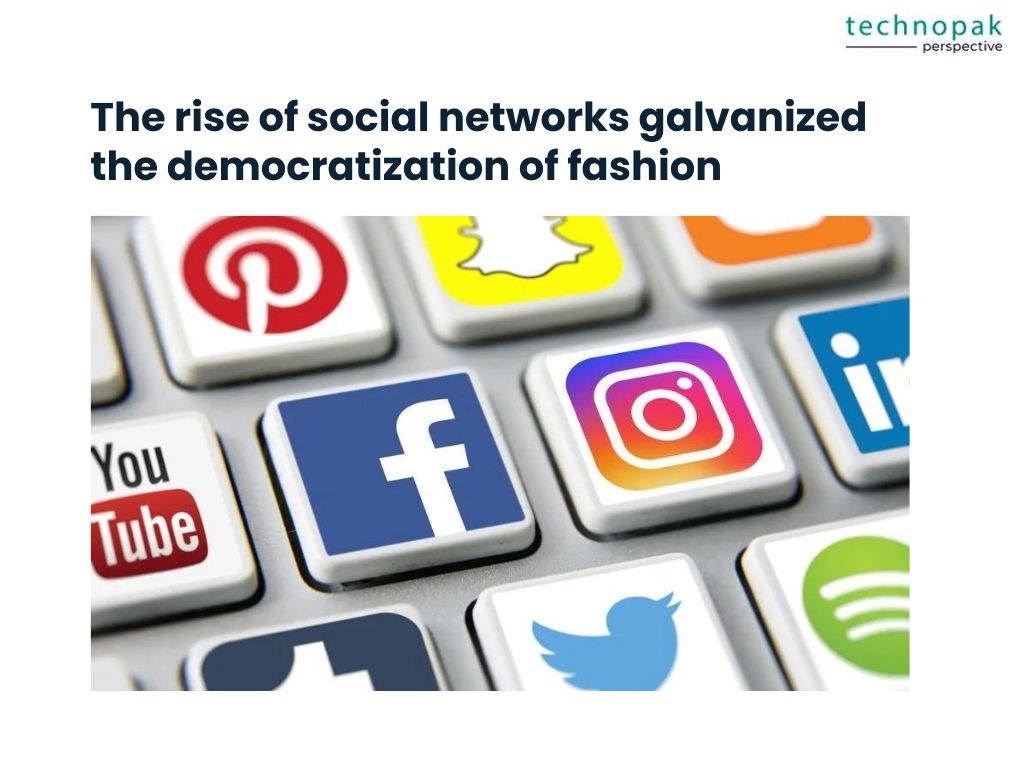
The Rise of Social Networks: The meteoric rise of social networks such as Instagram, YouTube, Facebook, and Twitter galvanized the so-called democratization of fashion.
Instagram, in particular, shifted authority from time-honored brands and legacy publications to anyone with an opinion and a Wi-Fi connection.
Suddenly, everyone found a seat on fashion’s front row, transcending geographical boundaries and time constraints.
However, the universally recognizable ‘Instagram aesthetic’ also led to homogenization, where the appearance of inclusivity masked underlying monotony.
New Players: As technology evolved, so did our reliance on social media.
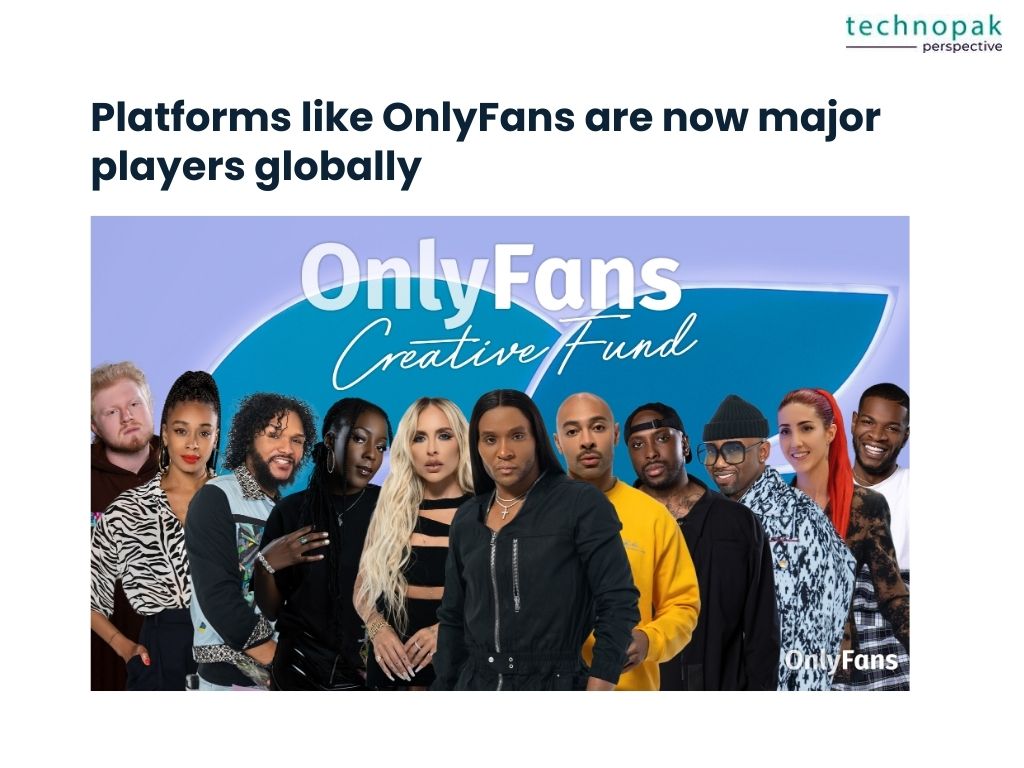
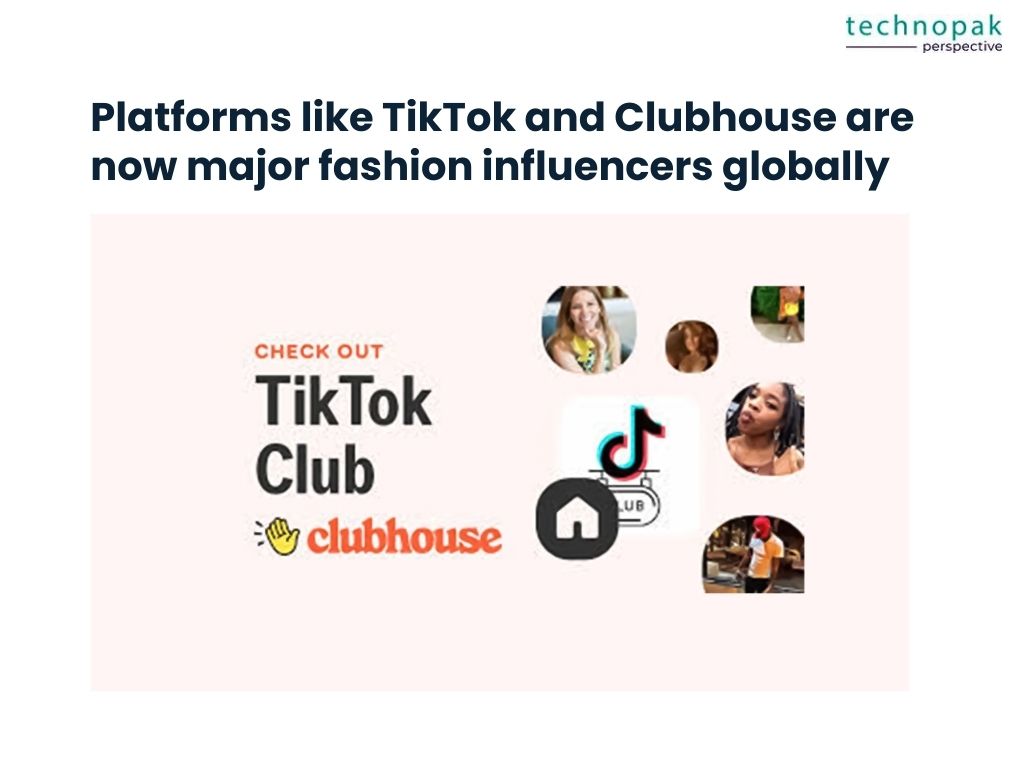
Platforms like TikTok, OnlyFans, and Clubhouse are now major players globally.
These community-driven networks aim to right the wrongs of conventional social media sites.
TikTok, with over 2 billion downloads since the beginning of lockdown, wields a sledgehammer impact on culture, allowing users to create and share content in innovative ways.
Fashion Utopia? While Instagram democratized fashion, these new platforms might be forging a fashion utopia.
They challenge hierarchies, encourage open conversations, and redefine exclusivity.
As the landscape continues to shift, social media remains a vital 21st-century marketing tool, connecting billions of people worldwide.
The Fashion Revolution: Features of Social Media behind Industrt Transforming
Since its inception, social media has revolutionized fashion consumption and culture, reshaping the way we engage with style, trends, and brands.
Let’s delve into the facts and stats that highlight this transformative impact:
Inspiration from the Crowd: Nearly, 64% of social shoppers turn to message boards or blogs for inspiration before making fashion-related purchase decisions.
Consumers trust each other’s insights, discovering new brands and perfecting their cat-eye through community-driven platforms.
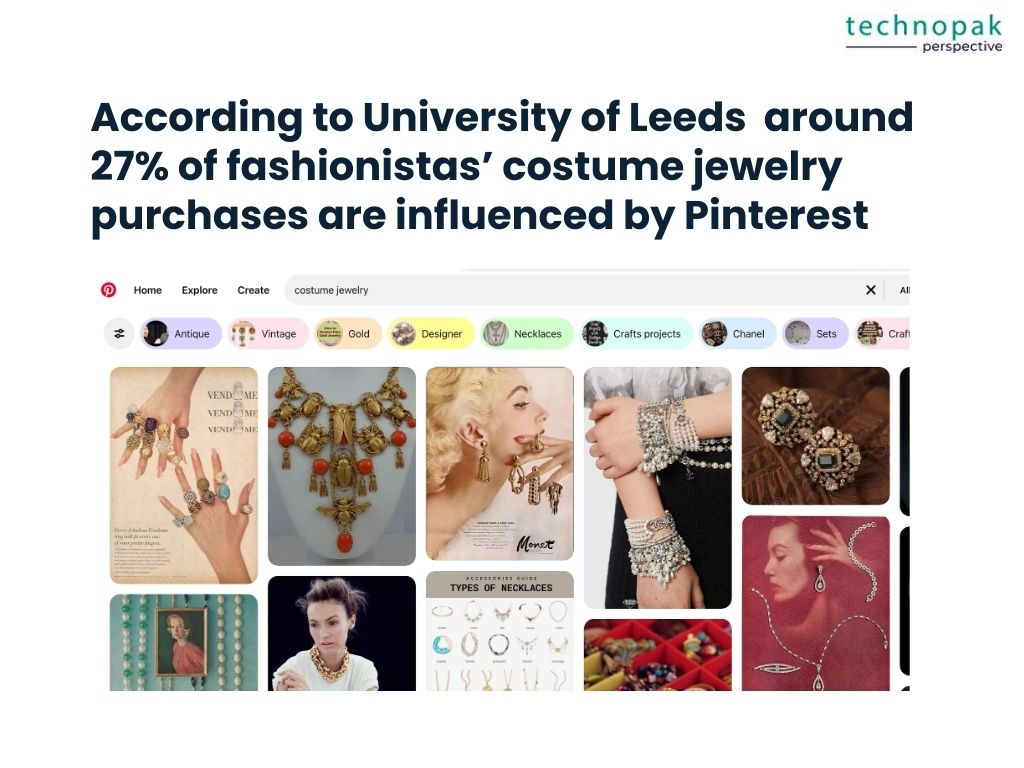
Pinterest’s Influence: According to a University of Leeds research paper, around 27% of fashionistas’ costume jewellery, special occasion, and casual clothing purchases are influenced by Pinterest.
Pinterest’s visual appeal allows users to discover and save favourite items, making online shopping convenient.
Predictive Boards on Pinterest: Nearly half of Pinterest shoppers create boards specific to purchase decisions.
These boards not only allow users to share looks but also predict future buying behavior.
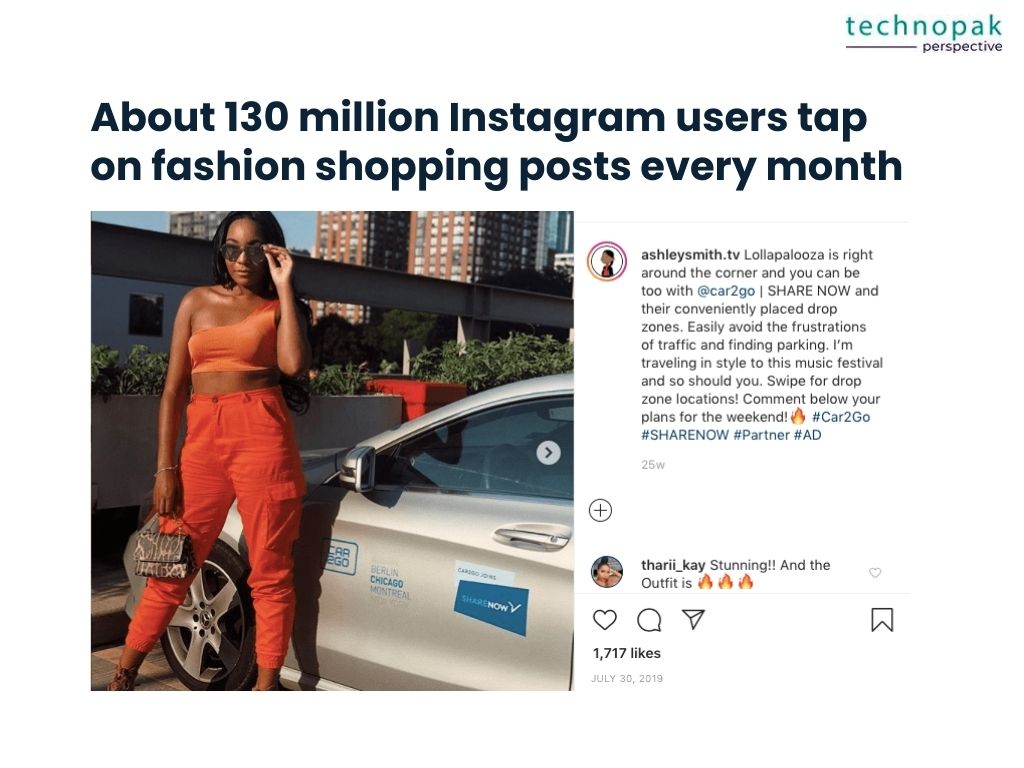
Instagram’s Visual Power: About 130 million Instagram users tap on shopping posts every month. Instagram, like Pinterest, appeals to fashion lovers through captivating visuals.
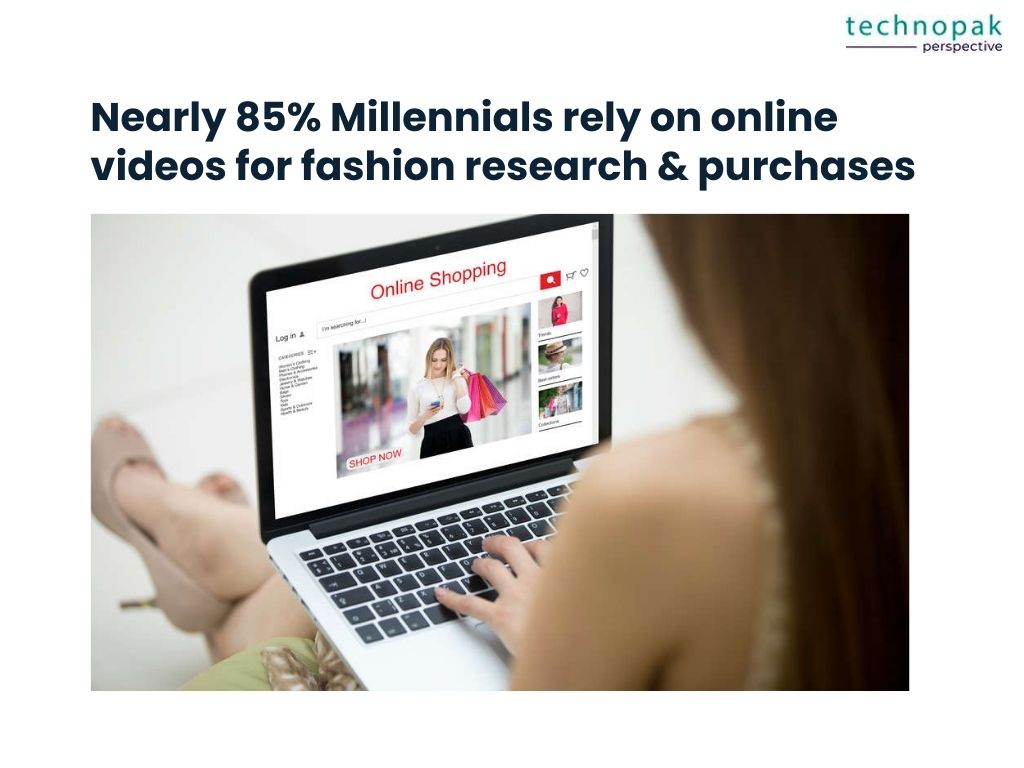
Video Impact: Millennials rely on online videos for fashion research, with 85% making purchases after watching videos. Beauty vloggers and fashion icons play a crucial role in influencing young buyers.
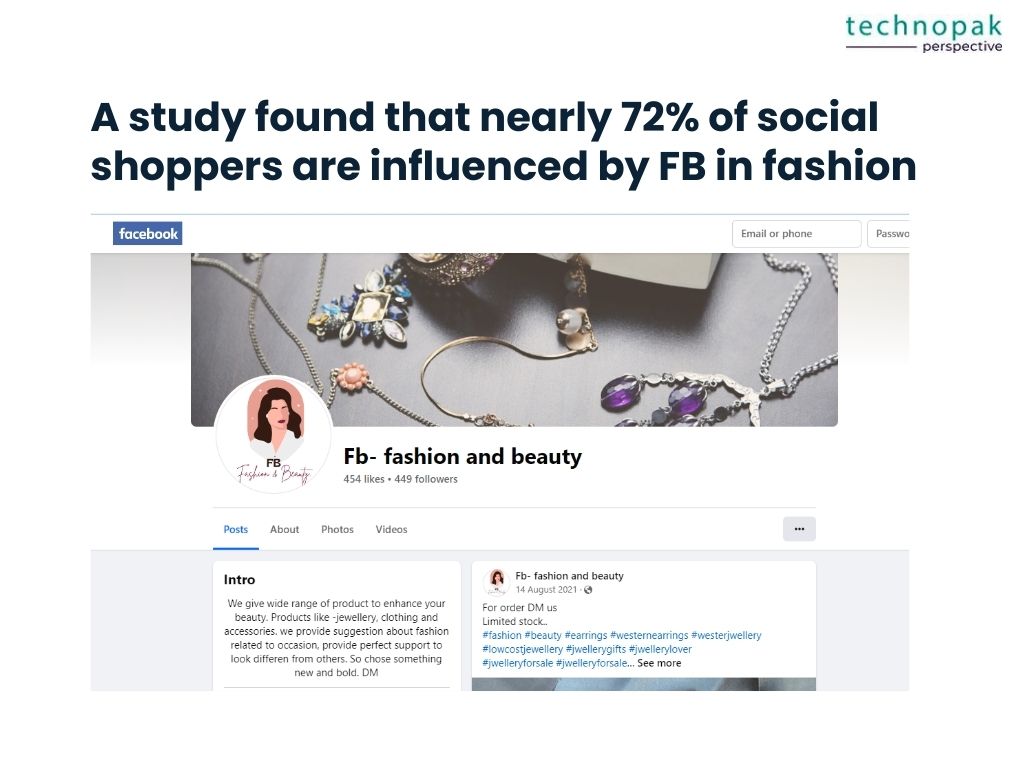
Facebook’s Resilience: A recent study revealed that nearly 72% of social shoppers are influenced by Facebook in at least one fashion category. Despite trends, Facebook remains influential in the industry.
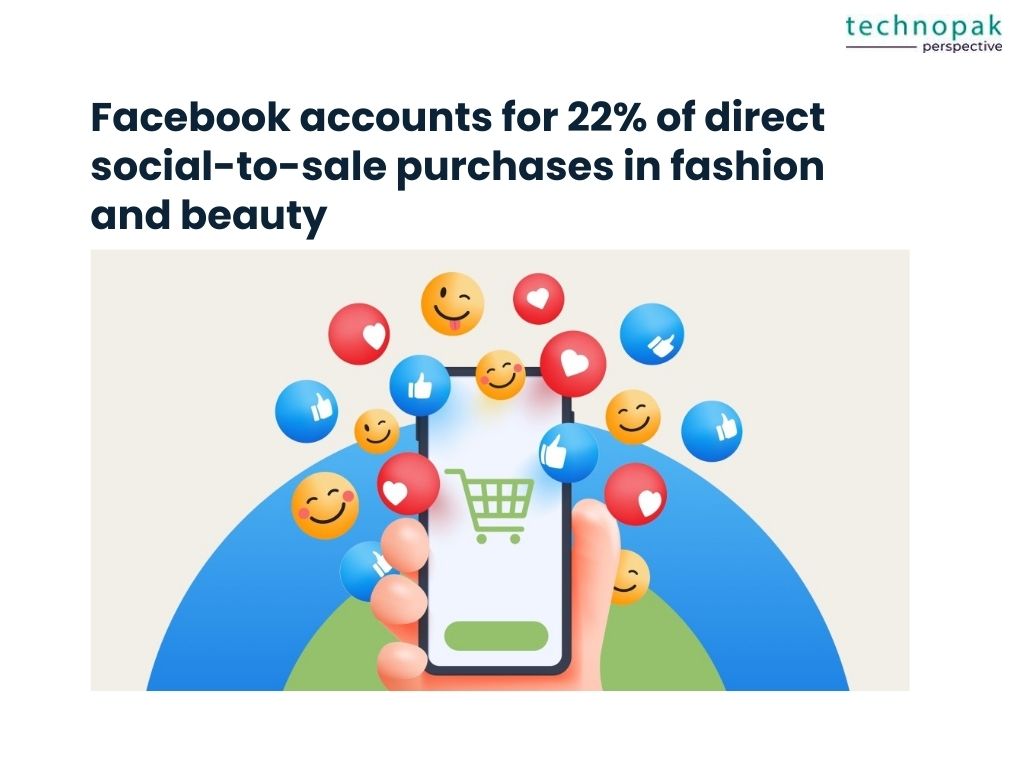
Direct Social-to-Sale Power: Facebook accounts for 22% of direct social-to-sale purchases in fashion and beauty. Brands can leverage profiles to increase social commerce.
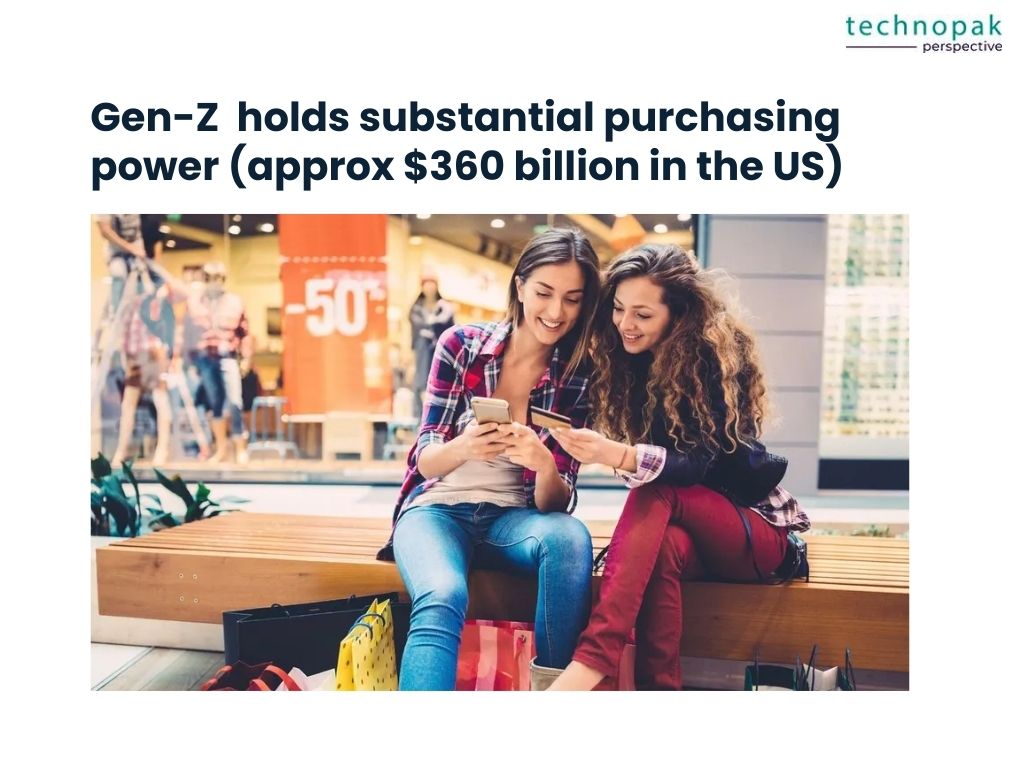
Gen-Z’s Impact: The largest generation, Gen-Z, holds substantial purchasing power (approximately $360 billion in the US).
Their fashion choices are significantly influenced by social media platforms, emphasizing the need for brands to engage with this tech-savvy audience.
In this digital age, social media democratizes fashion, amplifying voices, diversifying trends, and fostering dynamic cultural shifts.
Social networks have also provided users more opportunities and tools to leverage fashion as a medium and tool for social activism and change.
Here are some examples:
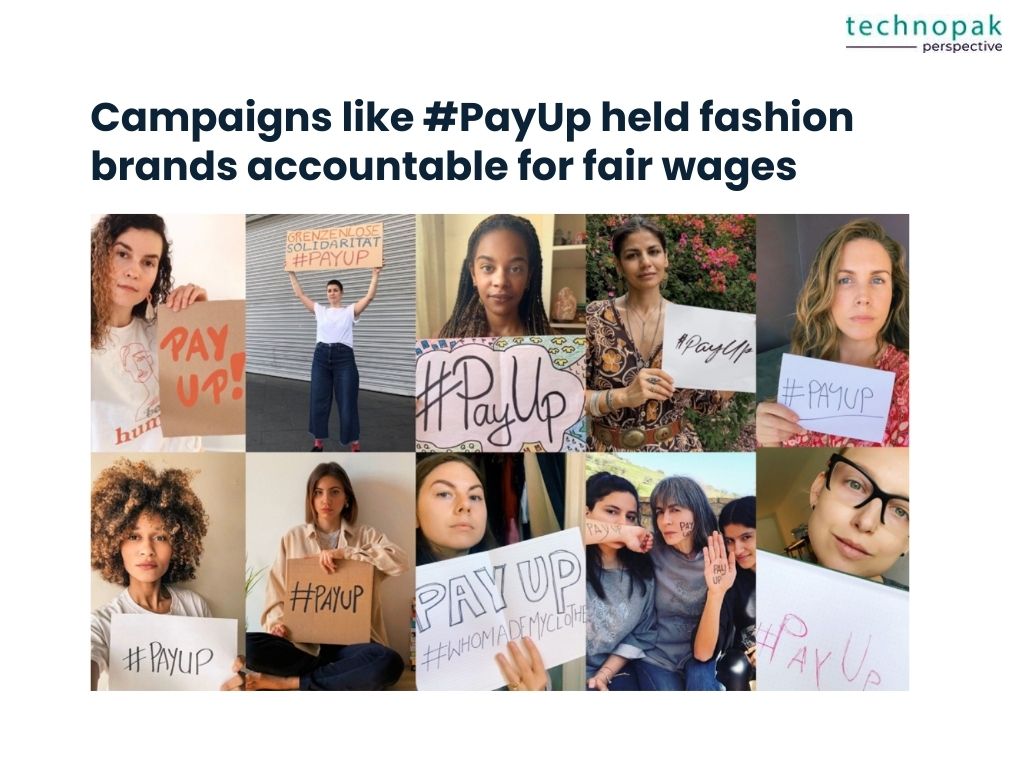
Viral Campaigns on Instagram:
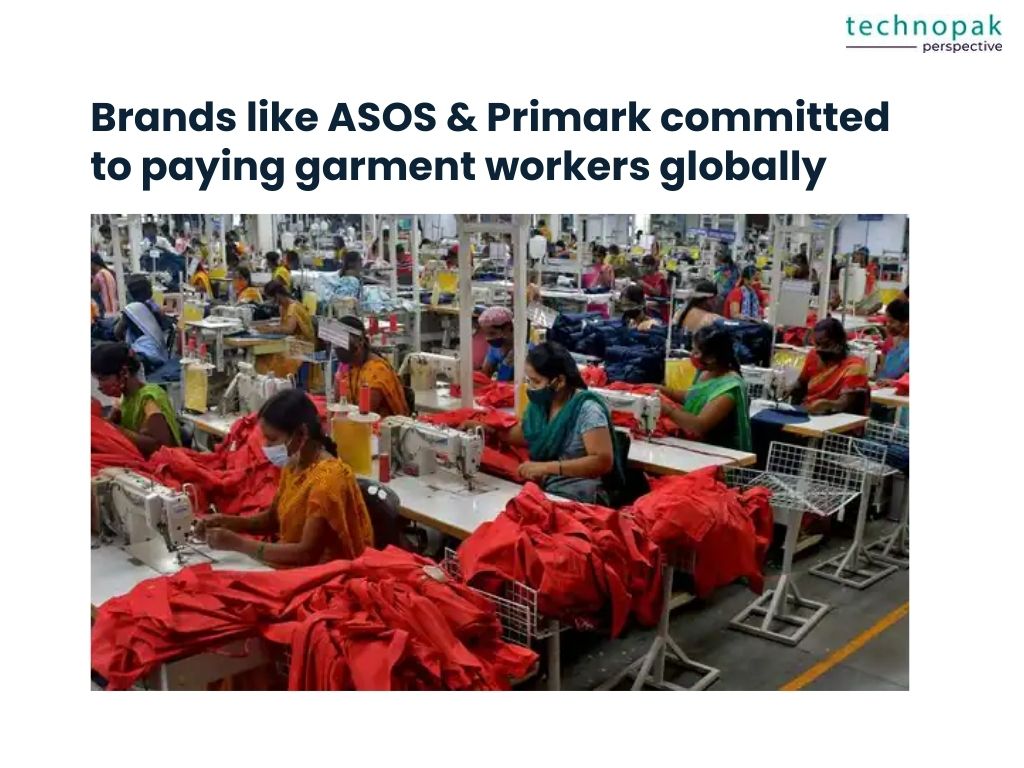
Sustainable Brands on Social Media:
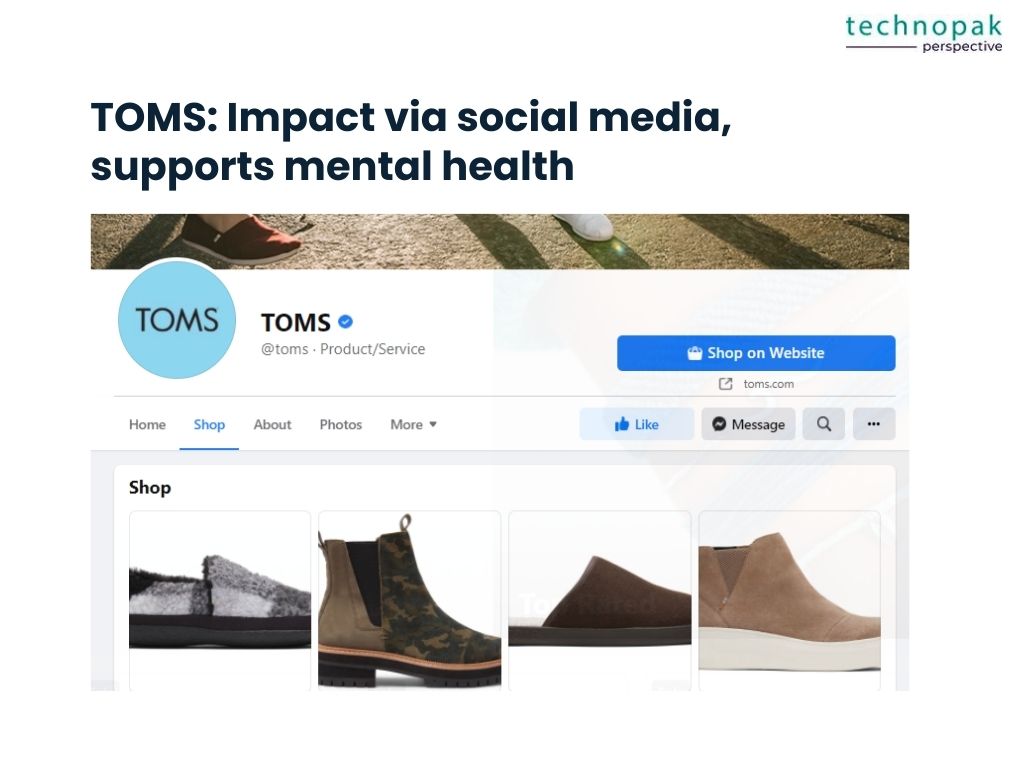


Fashion activism thrives on social media, allowing individuals to express their values, advocate for change, and create a more conscious industry.
Through their evolution and journey, digital social communication has transformed fashion consumption and culture into a more democratic, diverse, and dynamic phenomenon.
Here’s a list of popular Indian fashion influencers who have made a significant impact on social media:
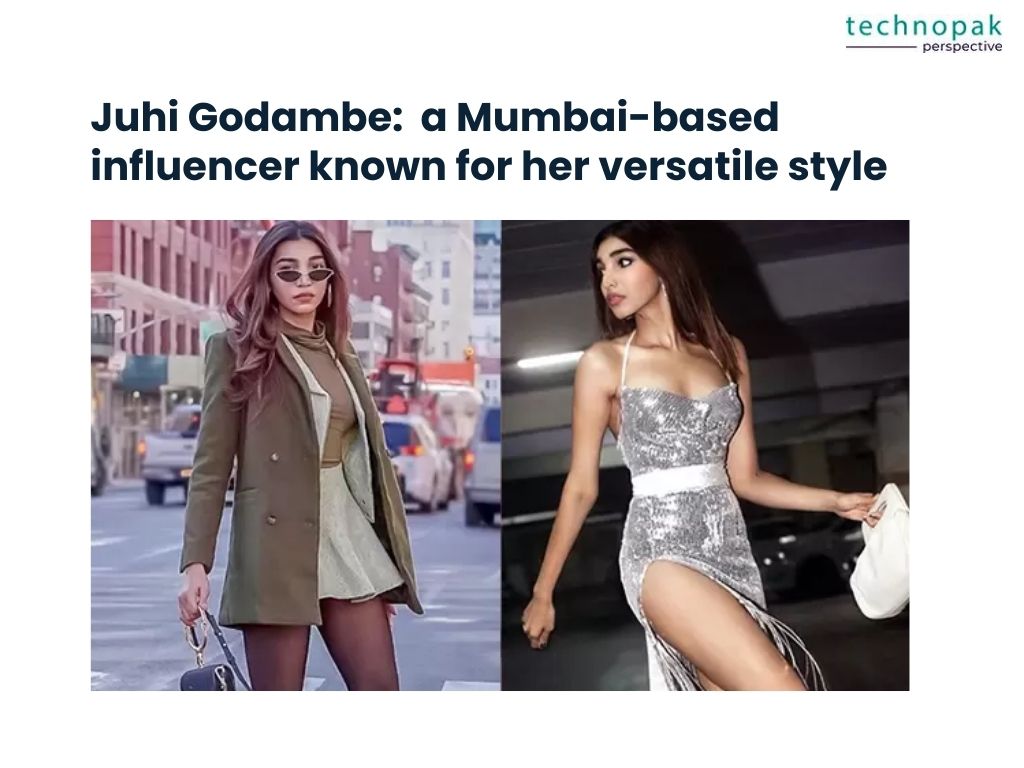
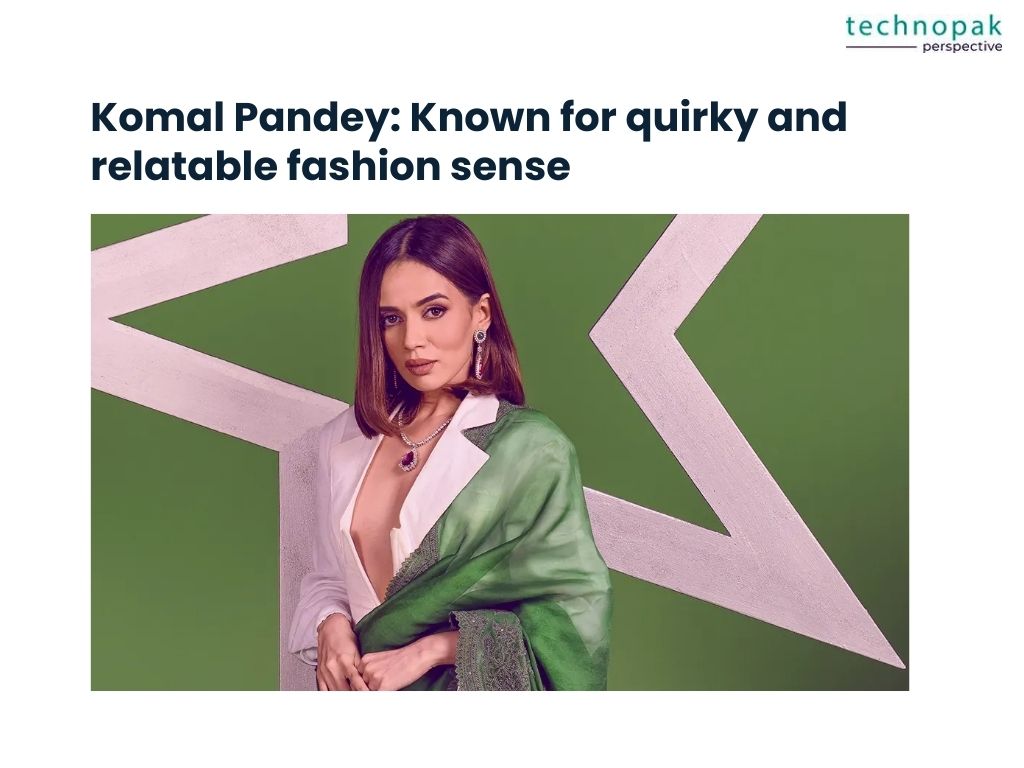
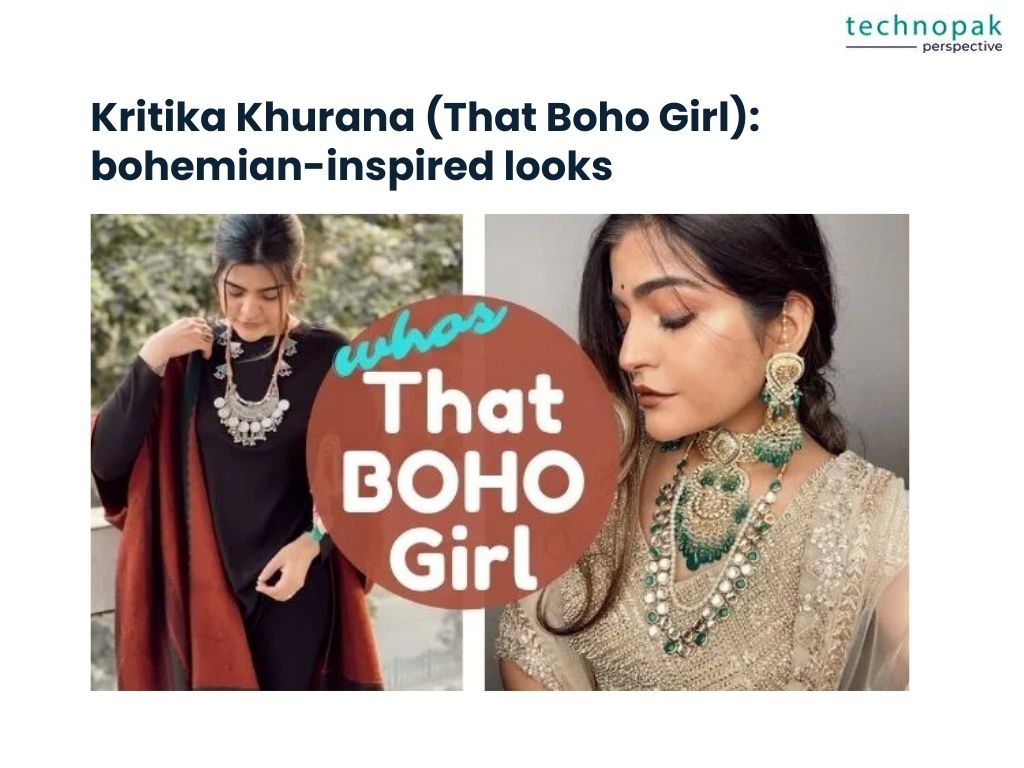
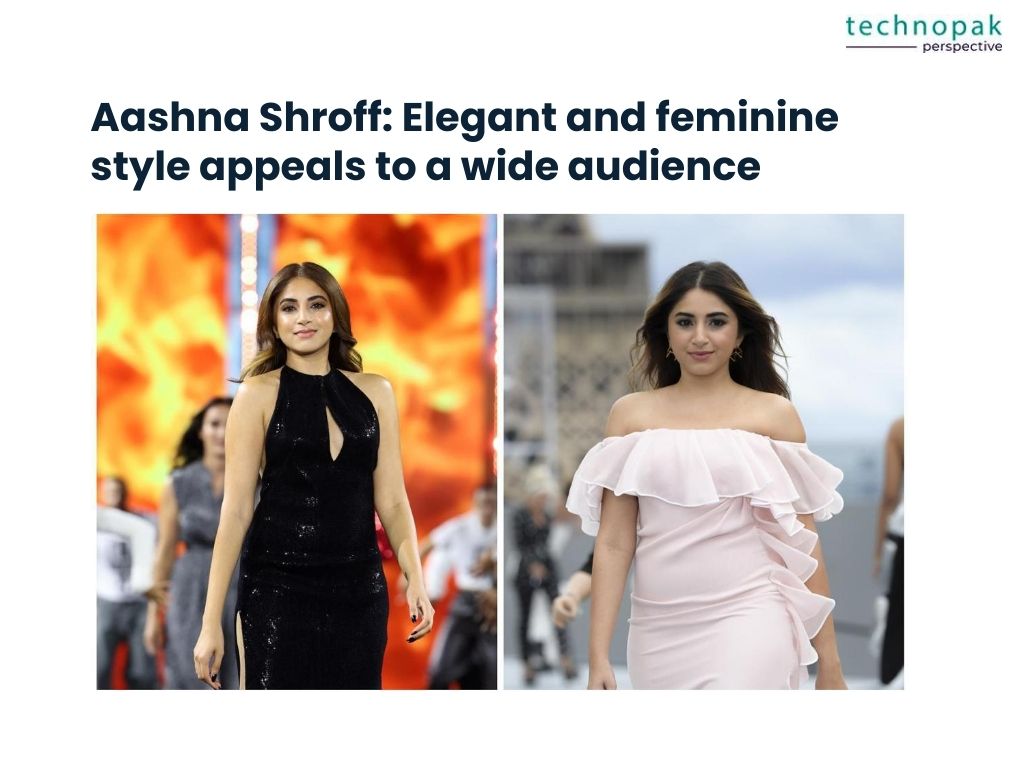

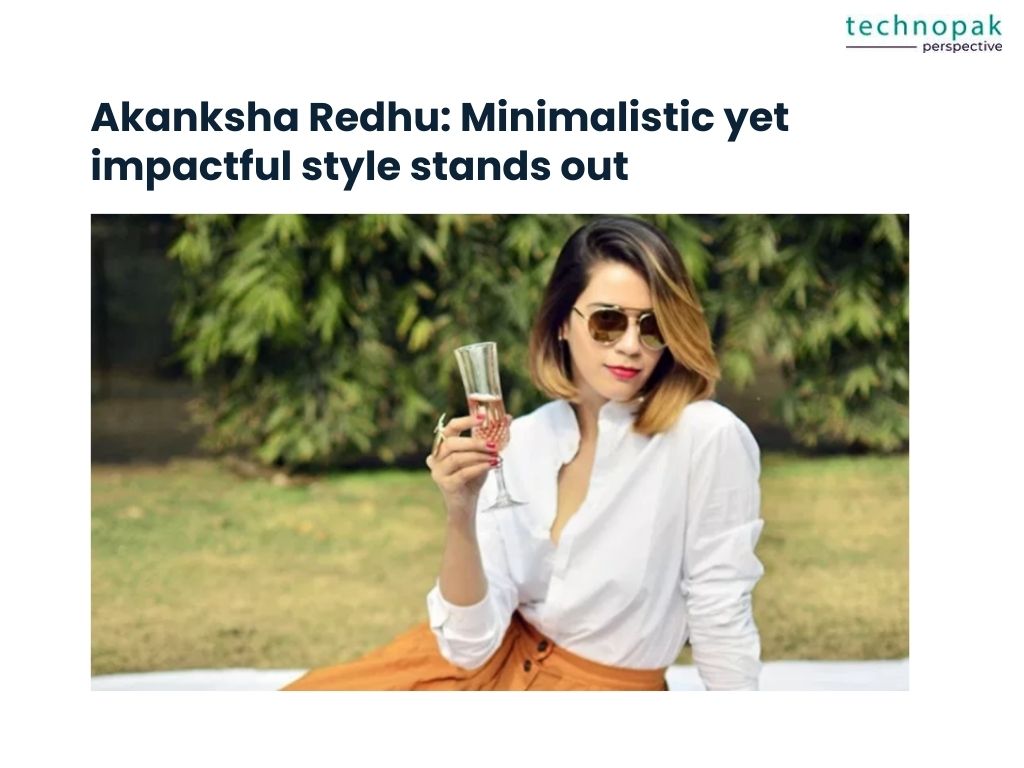
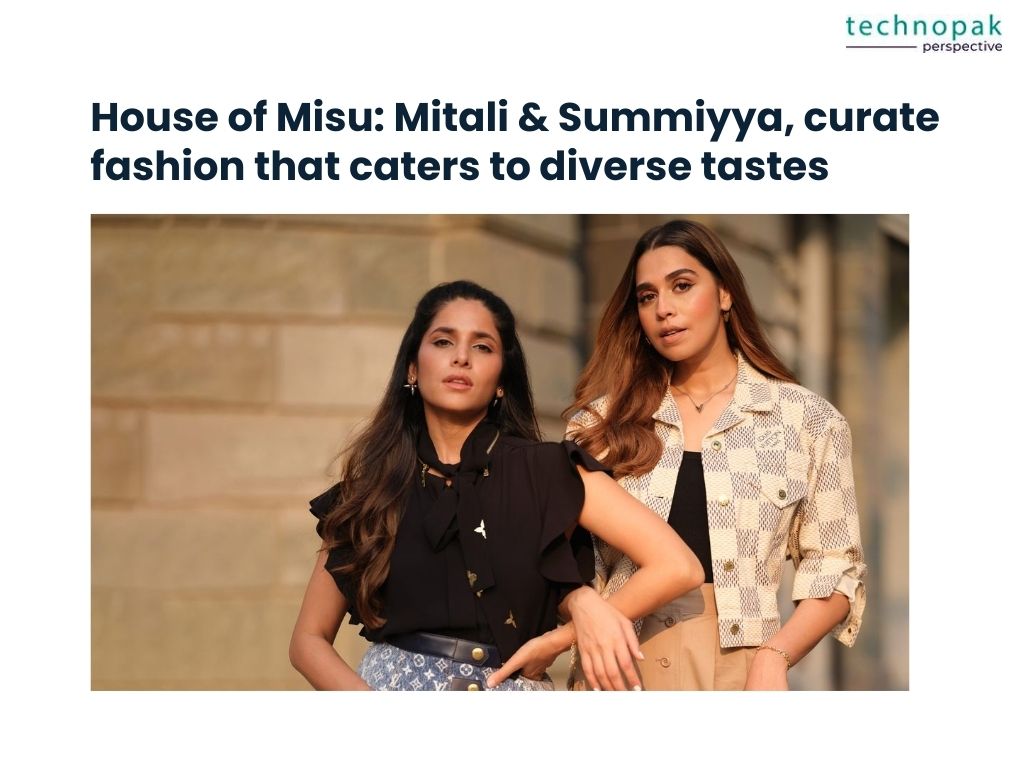
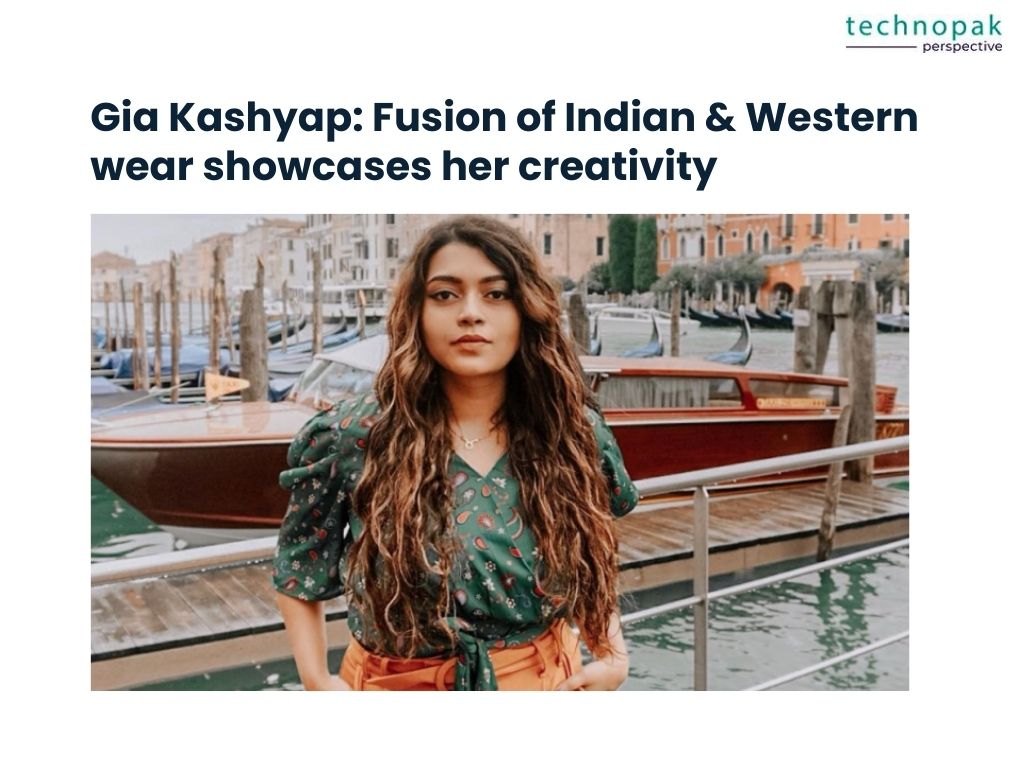
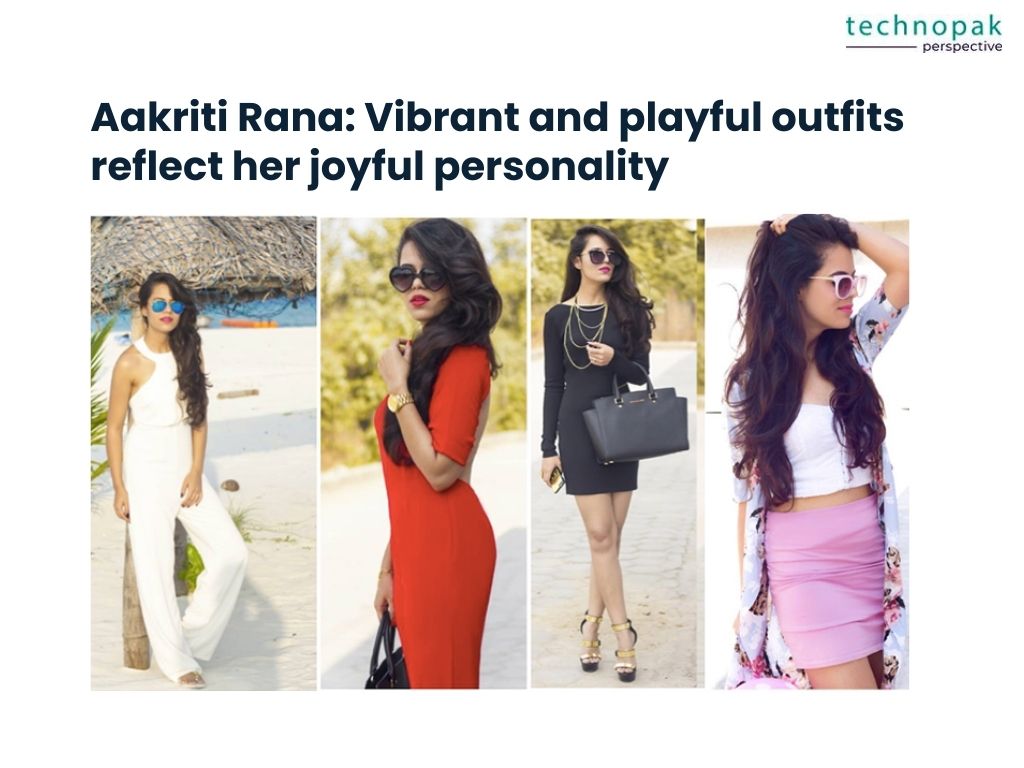
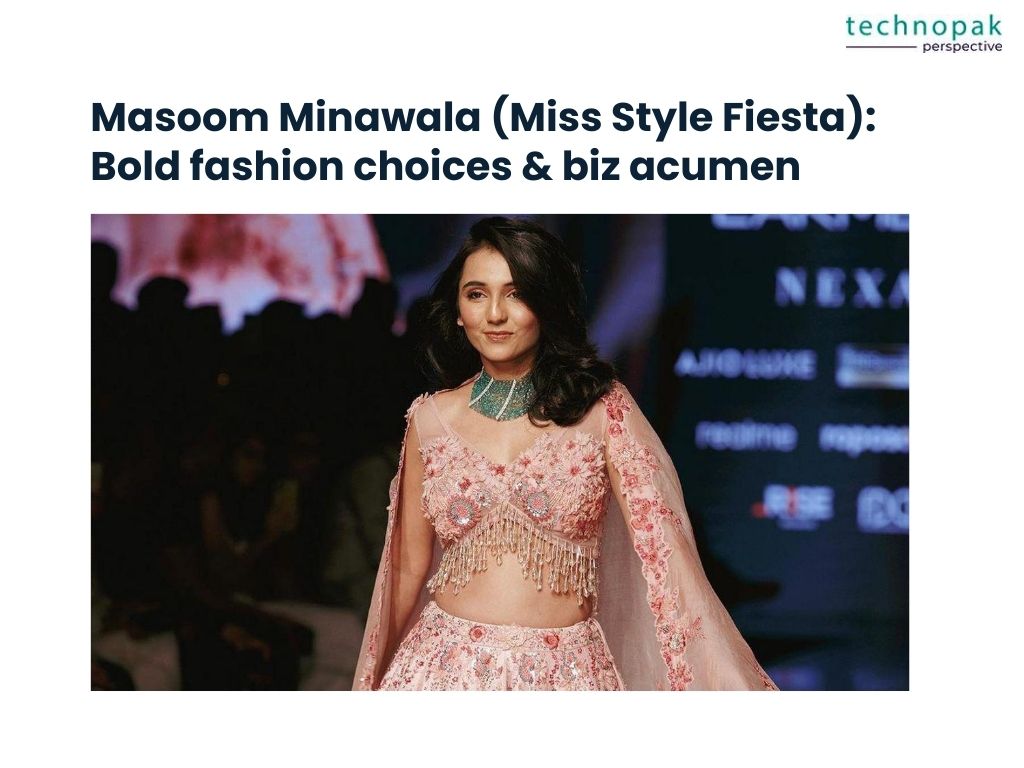
These influencers have not only shaped fashion trends but also fostered a sense of community and creativity among their followers.
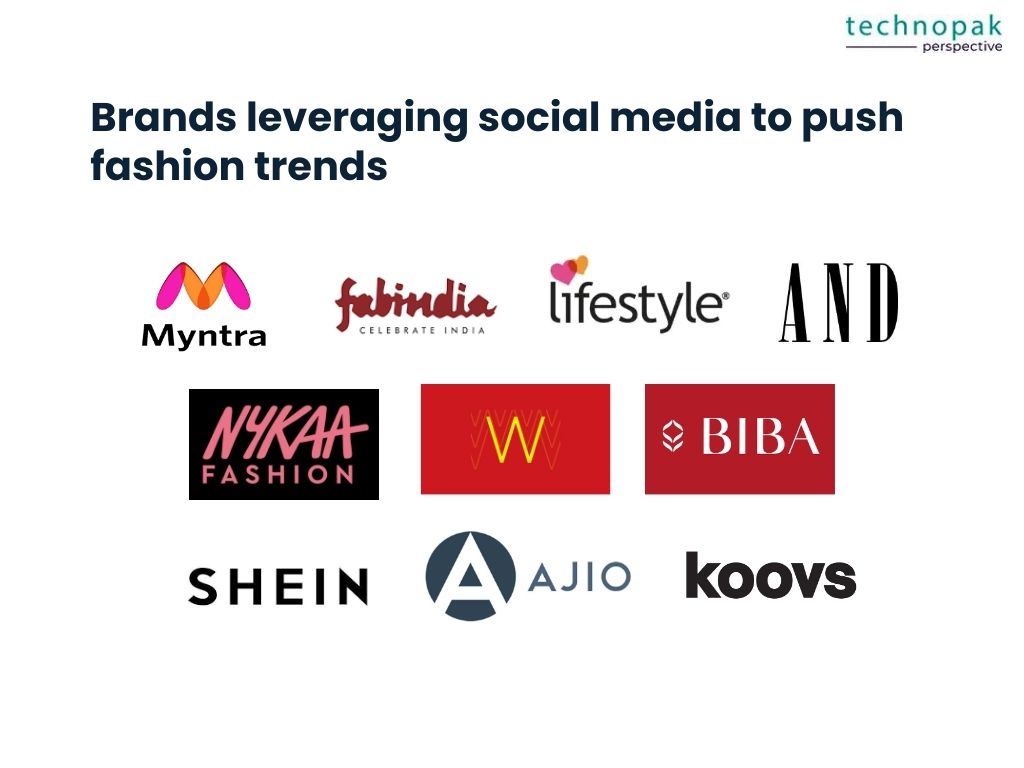
The intersection of fashion and social media has transformed the way we consume and engage with style.
Indian brands have harnessed the power of influencer marketing, collaborating with fashion influencers to amplify their reach and connect with consumers.
Let’s delve into some notable Indian brands and their partnerships with social media influencers:
These brands recognize that influencer marketing isn’t just a trend; it’s a strategic approach to connect authentically with their target audience. Through social media, they weave compelling fashion stories, making style accessible and aspirational.
Another influence of social media on fashion consumption and culture is that it challenges the traditional fashion system and industry.
Social media platforms allow users to access, share, and create alternative and diverse fashion content that questions and critiques the norms, standards, and practices of the mainstream fashion system and industry.
According to a report by Business of Fashion, social media is one of the key disruptors of the fashion system in 2024, as it enables consumers to demand more transparency, accountability, and inclusivity from the fashion industry.
Some of the issues that social media exposes and challenges are: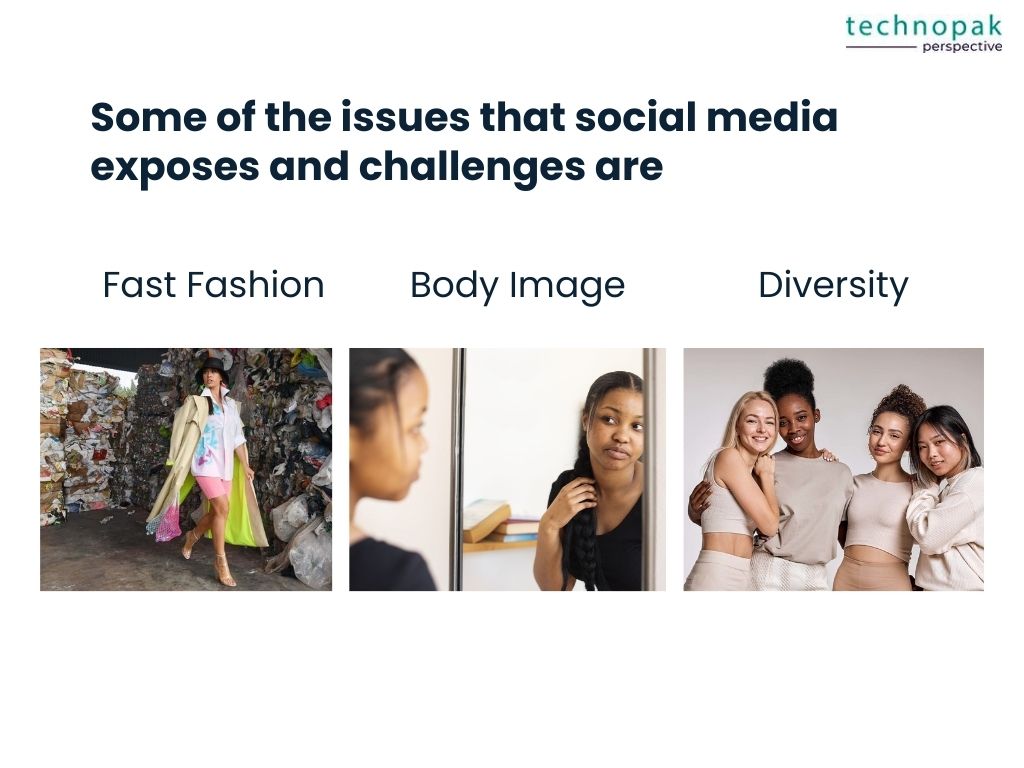
The future of fashion consumption and culture will be shaped by social media, as it responds and adapts to the changing needs, preferences, and expectations of users.
In the tiems to come, social media is expected to revolutionize fashion consumption and culture in India.
According to Apparel Resources website, The Indian online fashion retail market is projected to grow at a Compound Annual Growth Rate (CAGR) of 18.83% from 2022 to 2027, with the market size anticipated to increase by approximately US $28,935.66 million.
This growth is fueled by the rise in internet and smartphone penetration, and the growing acceptance of digital payment systems.
As per “A rundown on Indian online fashion retail market in 2023-24: Growth and challenges” on Apparel Resources, Social media integration is a key trend, with brands leveraging platforms for marketing, leading to amplified brand exposure and increased consumer trust.
Additionally, as per about.fb.com, 80% of beauty shoppers and 76% of fashion shoppers discover brands on social media, with 92% finding beauty and 97% finding fashion brands through Meta platforms.
The adoption of AR and VR technologies through social channels is likely to enhance customer engagement, providing immersive shopping experiences.
With sustainability becoming a priority, social media will also be instrumental in promoting eco-friendly practices within the fashion industry, resonating with the preferences of environmentally conscious consumers.
Social media has a significant influence on fashion consumption and culture, particularly in India, as it catalyzes new forms of fashion communication and engagement, influences fashion trends and consumer behavior, challenges the traditional fashion system and industry, and empowers fashion activism and social change.
In this dynamic landscape, Technopak, as a seasoned business consultant, can help businesses harness the power of social media and other digital avenues.
With expertise in apparel operations, strategy and planning, performance enhancement, and capacity building,
Technopak offers tailored solutions to optimize social media strategies, enhance brand visibility, and drive growth.
Technopak’s comprehensive approach includes leveraging data for trend analysis and digging into consumer insights, ensuring that fashion brands can stay ahead in a highly competitive market.